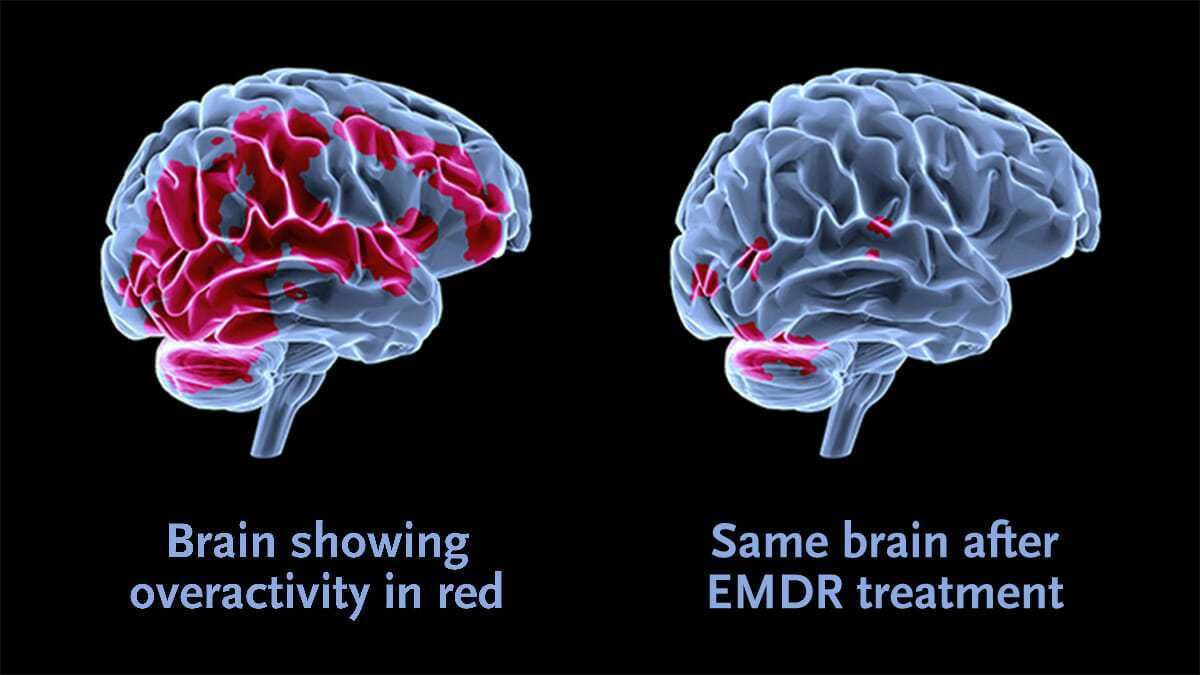EMDR was discovered by Francine Shapiro in 1987. On a walk through a park she noticed that eye movements seemed to reduce negative emotion.
When a traumatic event occurs that a person is unable to cope with, the fragments of the memory such as the images, sounds, smells, feelings and sensations not processed. Rather they stay in short term memory in maladaptive neural pathways. This results in the person being triggered by any element of the event that is similar, creating anxiety, flashbacks, hypervigilance, nightmares, depression and disturbed sleep. In association with the event, situation specific negative self-beliefs such as ”I am not good enough” or “I am not safe” are established and such beliefs can have a severe impact on the individuals’ life if they are not resolved. Because if you believe you are not good enough, you recreate situations that confirm that belief. Therefore it is important to reprocess the event, releasing the images, the sounds, feelings etc. and changing the negative self-beliefs to more positive ones. The EMDR procedure is very effective in resolving traumatic memory. It may require one session, it may require a couple. But usually the effects are very positive.

What is the process of EMDR like?
The EMDR process is a multi-step process. There are 8 phases in the EMDR process. It begins with the initial interview with a therapist who identifies what the triggering issues are,. The following step requires understanding some of the history and background of the individual, where-after the client is taught some self-management and calming techniques. At this stage a past event or current trigger is selected by the client and therapist together for re-processing. This requires the client to momentarily focus on the triggering image and words whilst simultaneously moving their eyes from side to side under the guidance of the therapist. Usually, during this time, clients generally experience the emergence of new thoughts, memories, insights and new understandings and perspectives. During the process, negative feelings and beliefs associated with the trauma are usually released, whilst more positive and productive beliefs are established. Once the event has been re-processed, it usually fades away.

Effectiveness of EMDR:
EMDR has received a high level of recommendation by the American Psychiatric Association and by the mental health departments of Israel, Northern Ireland, United Kingdom, France, Sweden and more.
EMDR is also listed as an effective form of therapy, backed by research, on a new National Institute of Mental Health sponsored website.”
EMDR is a therapy that is listed in the new Department of Veterans Affairs & Department of Defence Practice Guidelines "A" category as "highly recommended" for the treatment of trauma.
For further information please refer to: emdrnetwork.org




